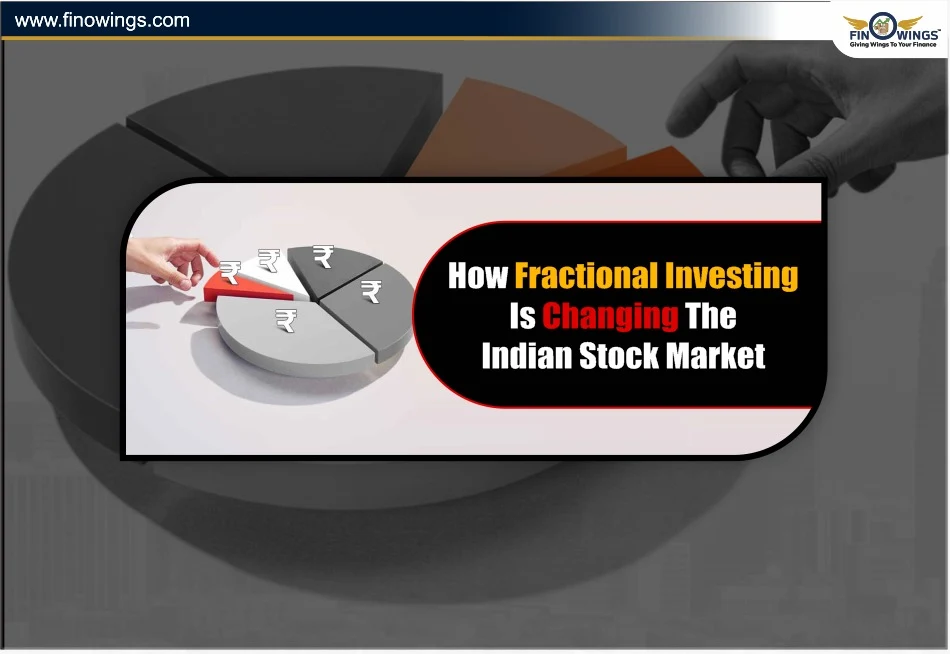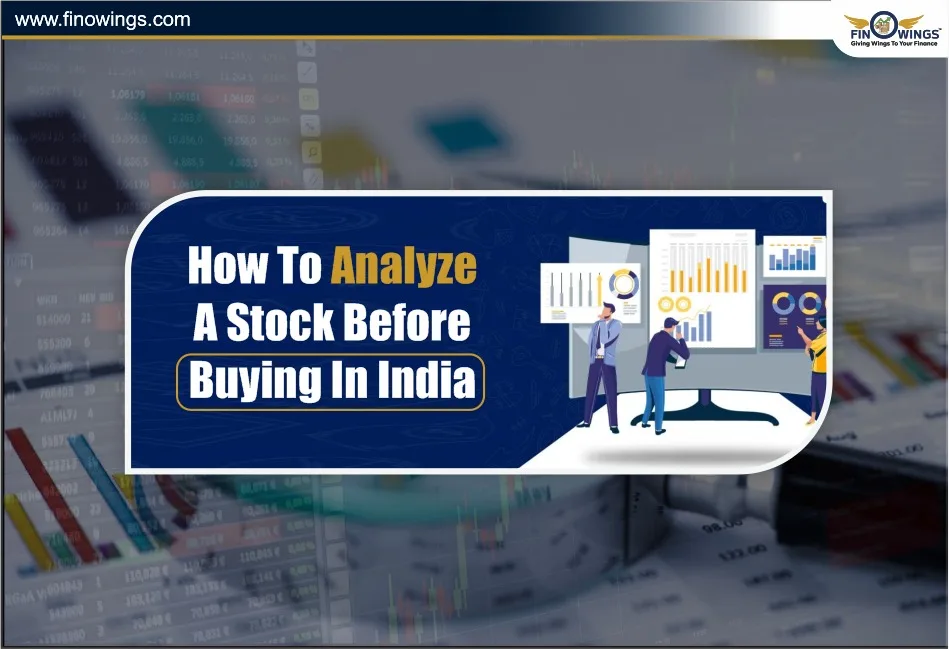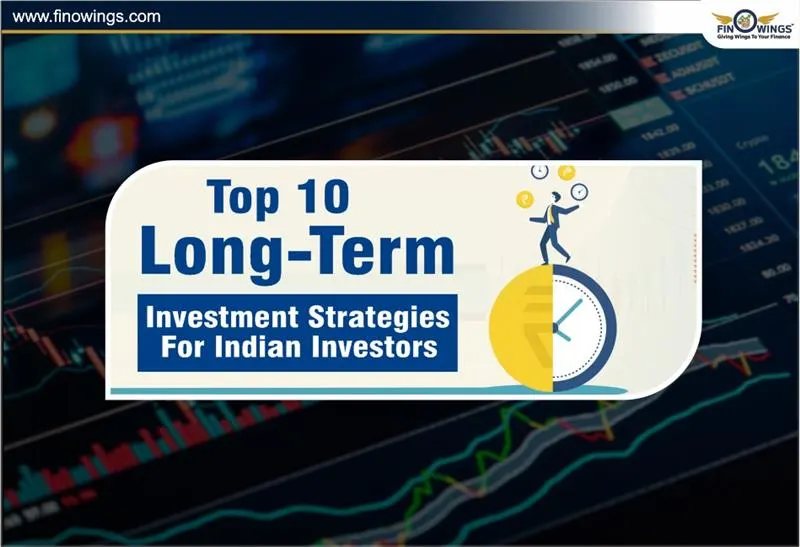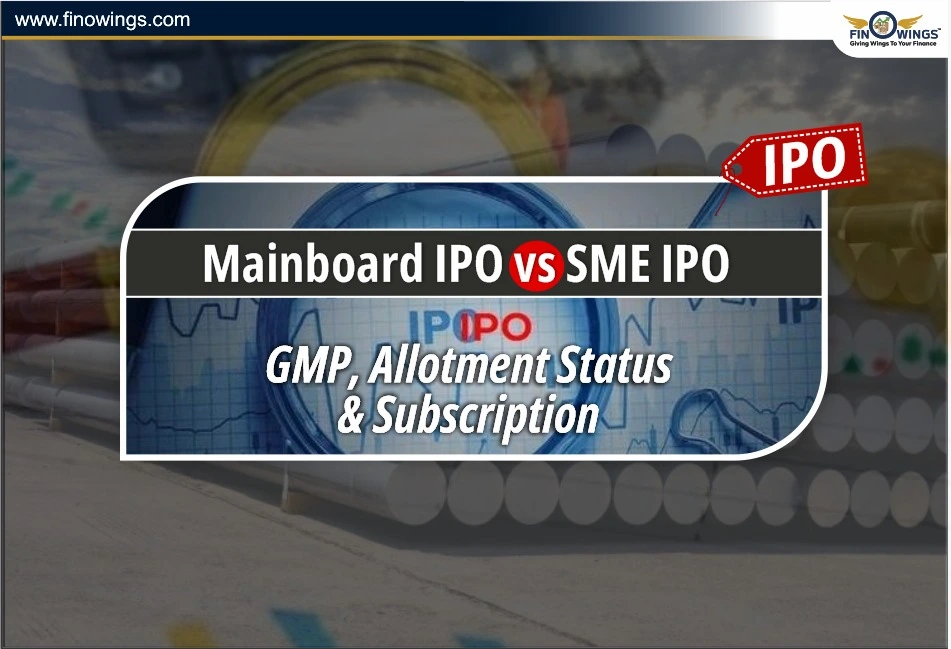Home >> Blog >> How Fractional Investing Is Changing the Indian Stock Market
How Fractional Investing Is Changing the Indian Stock Market

Table of Contents
Introduction
The Indian Stock Market has seen major changes in the last few decades, most recently the launch of digital trading applications and AI-powered trading systems making even the basic tools for investing accessible. Among these changes, investing became even more accessible with the introduction of fractional investing in India.
Now, investors no longer have to purchase an entire share; they can buy a small portion of a high-priced stock (known as a fraction for the purpose of fractional investing).
Until recently, fractional shares in India were mostly available to developed markets like the USA. Now they are available to new-age investors in India to help reduce the stock market entry capital.
The Indian stock market requires investors to have some knowledge of the movement of this market. Everyone can not make money in this market. So if you are also intending to increase your wealth in this market, you need to understand and research the stock before buying. Here is our detailed blog for you covering how to analyze a Stock before buying in India (insert link when it is published) that is easy to understand.
What Is Fractional Investing?
Fractional investing is owning a fraction of a specific stock instead of the complete one.
As an example, one share of MRF is worth Rs. 1,50,000. By investing Rs. 1,500, you can own 1/100th of that share and gain access to MRF’s stock as 1/100th of a share.
It is ideal for beginning investors or for those looking to spread their capital across different companies in an attempt to diversify their stock purchases as part of their investment plan. It is simple and flexible.
Understanding Fractional Shares India
Fractional shares in India are in their infancy, but they work the same as globally.
Here’s how:
1. Broker Platforms- Registered brokers and certain fintech platforms pool investors’ funds and buy full shares on the market for multiple investors.
2. Digital Ownership- Every investor owns a piece of the stock, and it is recorded through the investor’s unique trading or demat account.
3. Proportionate Benefits- The dividends and other benefits received are proportional to the holders' shares, as well as capital appreciation.
Currently, SEBI regulation is still in the pipeline on true fractional investing for Indian equities, which is available on international investing platforms, and fractional real estate and mutual fund units are available.
Impact of Fractional Investing
1. Makes Investing Affordable- Fractional investing erases the barriers associated with high costs. In the past, many retail investors were priced out of investing in high-value stocks, but with micro investing in India, it is possible to own shares in high-value stocks for as little as Rs. 100.
2. Encourages Diversification- Instead of buying a single full stock, you could buy a smaller portion for Rs. 10,000 and invest in 10 different companies. Doing this lowers risk and helps stabilise the portfolio.
3. Democratises Wealth Creation- Fractions allow small investors to tap the same opportunities as big institutional investors. This helps close the financial inclusion gap in the stock market.
4. Perfect for Beginners- For new investors, fractional investing allows learning in a safe environment which is ideal for those who are cautious due to market volatility.
5. Boosts Long-Term Investing- With a lower entry barrier more investors are likely to hold their investments for longer periods of time, which fosters the development of consistent, patient investing habits.
Micro Investing: The Next Big Revolution
-
Micro investing in India is closely associated with fractional investing.
-
This model enables passive wealth accumulation and most users are unaware that their wealth is growing.
-
Fintechs and apps are innovating around micro-investing by automating spending control through UPI and digital payment systems.
Impact on the Indian Stock Market
The rise of fractional investing in India is changing the landscape of stock market India in the following ways:
1. Increased Retail Participation- The stock market is seeing an unprecedented number of demat accounts being opened. This is due in large part to the rise of fractional and micro investing.
2. Greater Liquidity- When small investors buy and sell high-value stocks, liquidity in the market is improved. Companies and investors both benefit from better price discovery.
3. Increased Financial Inclusion- Small business owners and university students can invest through fractional and micro investing. This broader access helps to drive financial inclusion in the country.
4. Long-Term Market Stability- People using micro investing to make recurrent small purchases help to stabilise the market as a whole, because it promotes systematic investing as opposed to speculative trading.
Challenges of Fractional Investing India
Yet, there are still several potential challenges.
1. Regulatory Framework- Currently, there are no formal regulations on fractional equity investing.
2. Ownership Clarity- For fractional ownership, the complexities of voting, dividends, and profit distribution become extreme.
3. Broker Implementation- Brokers will need to enhance their systems if they are to handle micro units safely and openly.
These issues are just growing pains and, once resolved, India will probably witness increased adoption of fractional investing.
Future of Fractional Shares India
The future is bright. As SEBI looks at different options for fractional ownership and other fintechs continue to innovate, fractional shares India will probably be widely available soon.
We could see:
Fractional equity baskets (mini portfolios of blue-chip stocks)
AI-driven micro investing recommendations
Low-cost auto invest plans for long-term wealth creation
This will radically empower a new generation of Indian investors driven by digital finance, micro investing, and fractional investing.
Conclusion
Fractional investing in India is revolutionary, not just a trend, and it is democratising access to the Indian stock market. It allows people to invest smaller amounts, diversify their holdings, and begin investing at an early age.
As SEBI prepares to make fractional shares in India easier to access through fintech partners, and platforms continue to simplify micro investing in India, the dream of wealth creation and financial inclusion for every Indian is being realised.
The stock market's future belongs to those who invest small amounts, keep investing consistently, and take a long-term view one fraction at a time.
WhatsApp only disclaimer
DISCLAIMER: This blog is NOT any buy or sell recommendation. No investment or trading advice is given. The content is purely for educational and information purposes only. Always consult your eligible financial advisor for investment-related decisions.


















